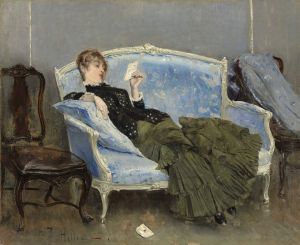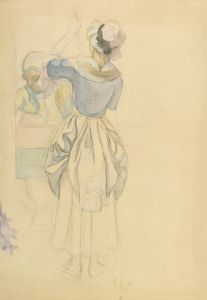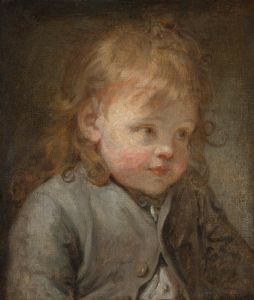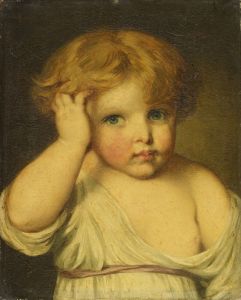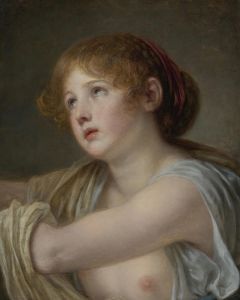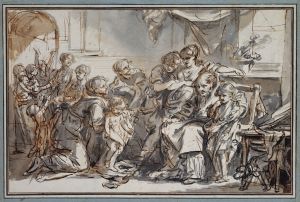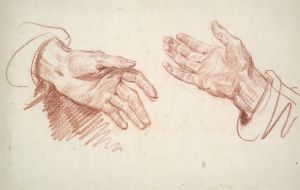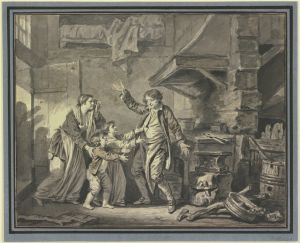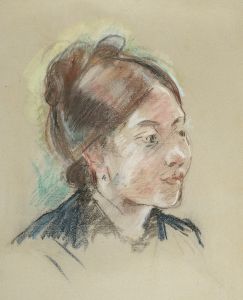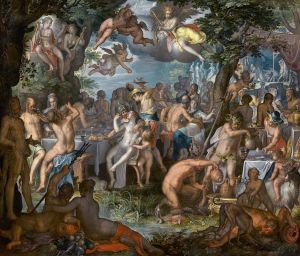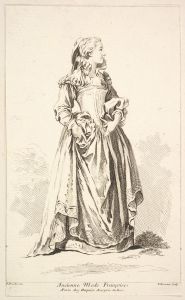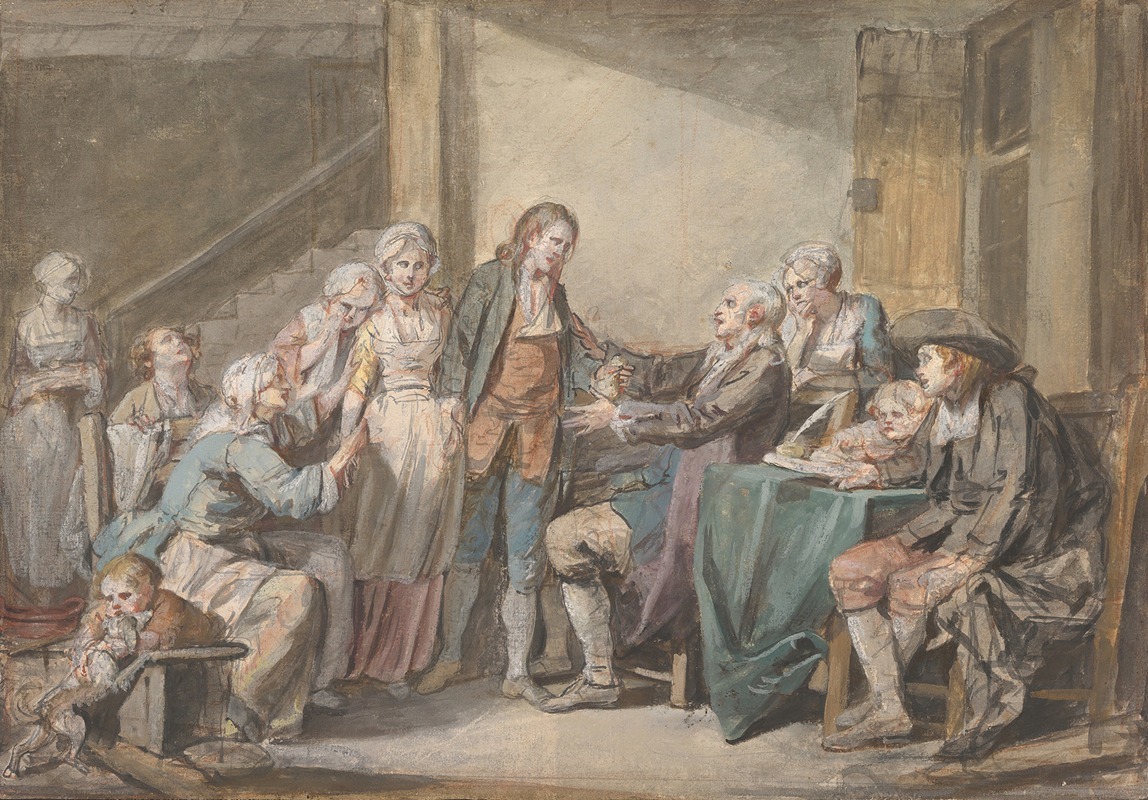
The Marriage Contract
A hand-painted replica of Jean-Baptiste Greuze’s masterpiece The Marriage Contract, meticulously crafted by professional artists to capture the true essence of the original. Each piece is created with museum-quality canvas and rare mineral pigments, carefully painted by experienced artists with delicate brushstrokes and rich, layered colors to perfectly recreate the texture of the original artwork. Unlike machine-printed reproductions, this hand-painted version brings the painting to life, infused with the artist’s emotions and skill in every stroke. Whether for personal collection or home decoration, it instantly elevates the artistic atmosphere of any space.
Jean-Baptiste Greuze's painting "The Marriage Contract" is a notable work from the 18th century, reflecting the artist's skill in genre painting and his interest in depicting scenes of everyday life with moral undertones. Greuze, a French painter born in 1725, was known for his ability to capture the subtleties of human emotion and domestic settings, often infusing his works with a narrative quality that appealed to the sensibilities of his time.
"The Marriage Contract," completed in 1761, is a prime example of Greuze's genre scenes that combine elements of realism with moralistic themes. The painting portrays a domestic scene centered around the signing of a marriage contract, a significant event in 18th-century French society. This work is part of a series of paintings by Greuze that explore themes of family, morality, and social customs.
In the composition, Greuze presents a multi-generational family gathered around a table, where the marriage contract is being signed. The figures are arranged in a way that draws the viewer's attention to the central action of the contract signing, while also allowing for an exploration of the individual characters and their reactions. The expressions and gestures of the figures convey a range of emotions, from the solemnity of the occasion to the joy and hope associated with the union.
Greuze's attention to detail is evident in the careful rendering of the characters' clothing and the domestic interior, which provides a glimpse into the material culture of the period. The use of light and shadow enhances the drama of the scene, highlighting the central figures and creating a sense of depth and realism.
The painting reflects the Enlightenment ideals of the time, emphasizing the importance of family, duty, and social contracts. Greuze's work often carried a didactic message, and "The Marriage Contract" can be seen as a commentary on the social and moral obligations associated with marriage. The painting was well-received in its time, contributing to Greuze's reputation as a leading genre painter in France.
"The Marriage Contract" is housed in the Louvre Museum in Paris, where it continues to be appreciated for its artistic merit and its insight into 18th-century French society. Greuze's ability to capture the nuances of human interaction and his skillful composition make this painting a significant work in the history of French art.
Overall, "The Marriage Contract" exemplifies Jean-Baptiste Greuze's talent for creating narrative-driven genre paintings that resonate with the cultural and moral values of his era. Through his detailed depiction of a pivotal family event, Greuze offers a window into the customs and social dynamics of 18th-century France, making the painting a valuable piece for both art historians and enthusiasts.






